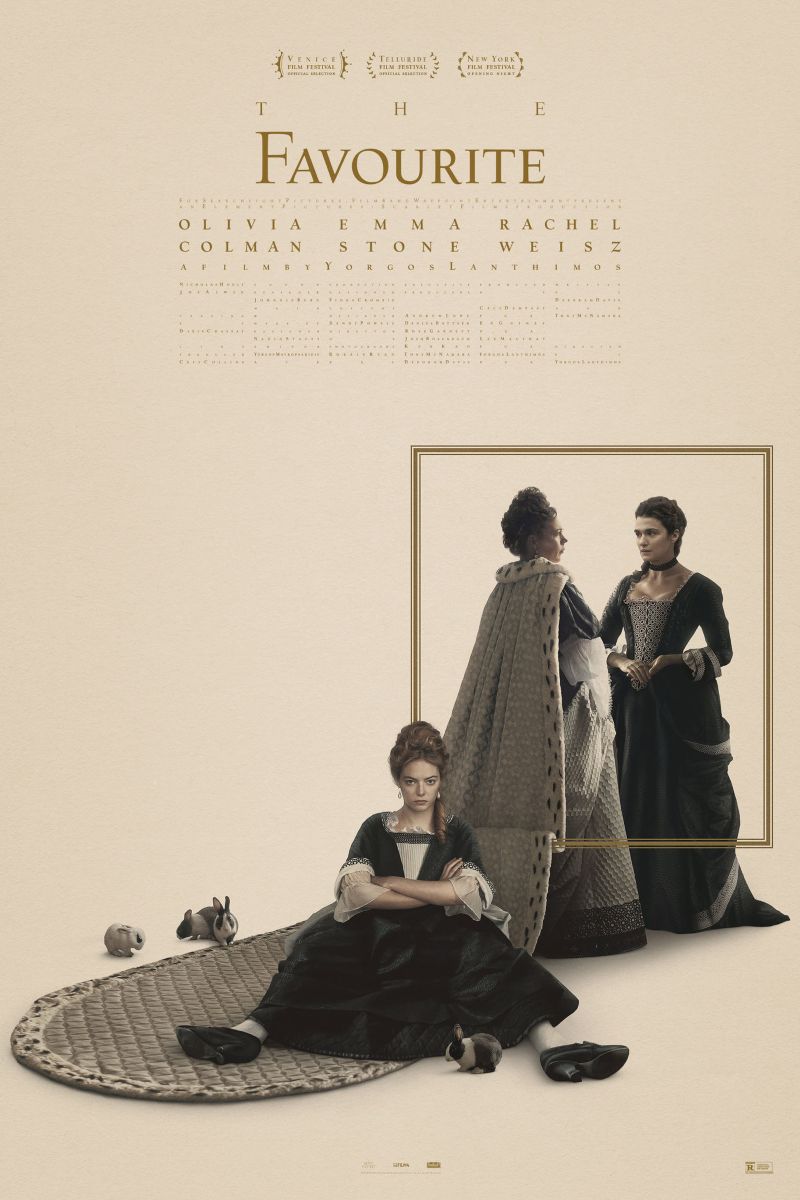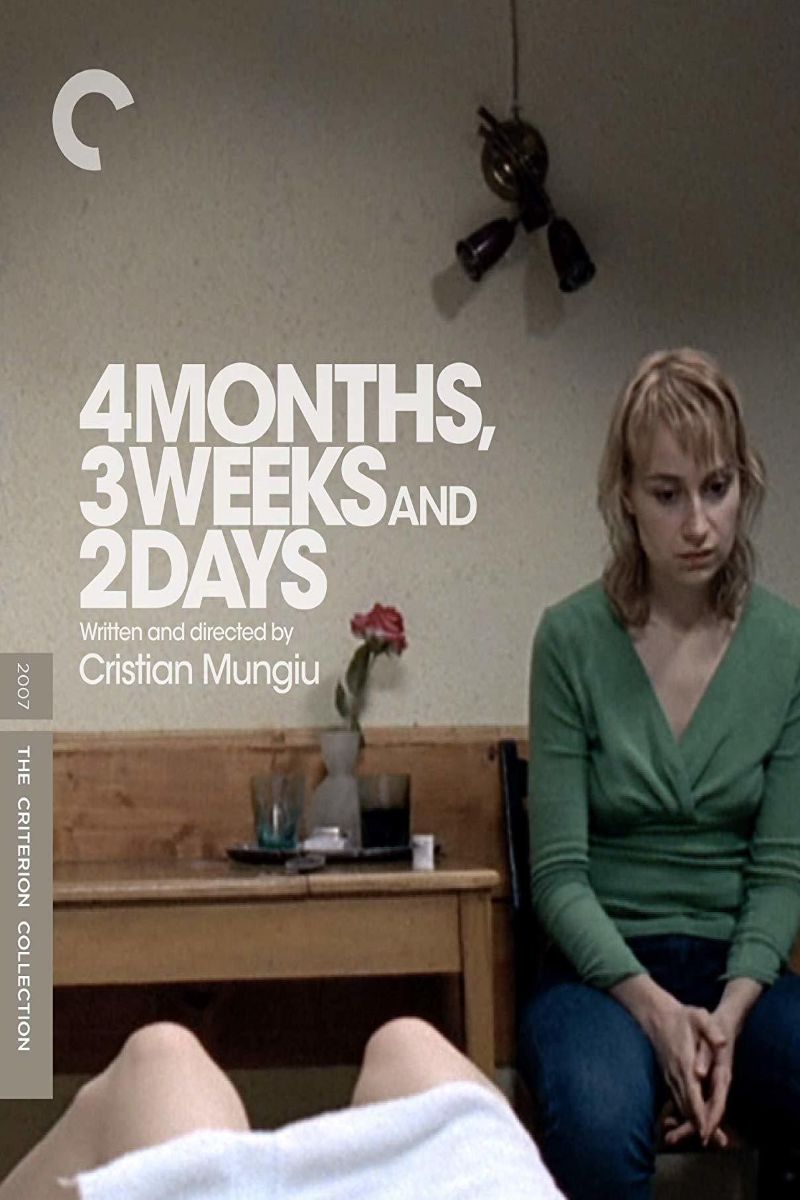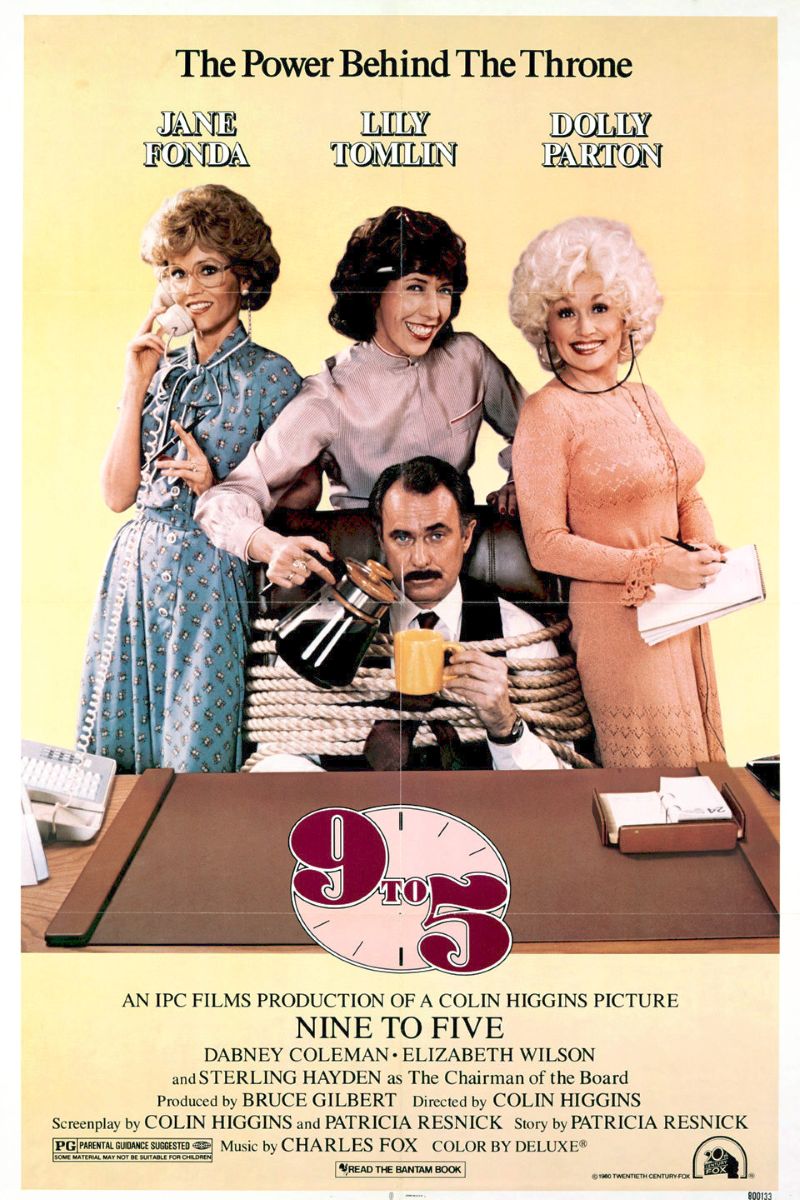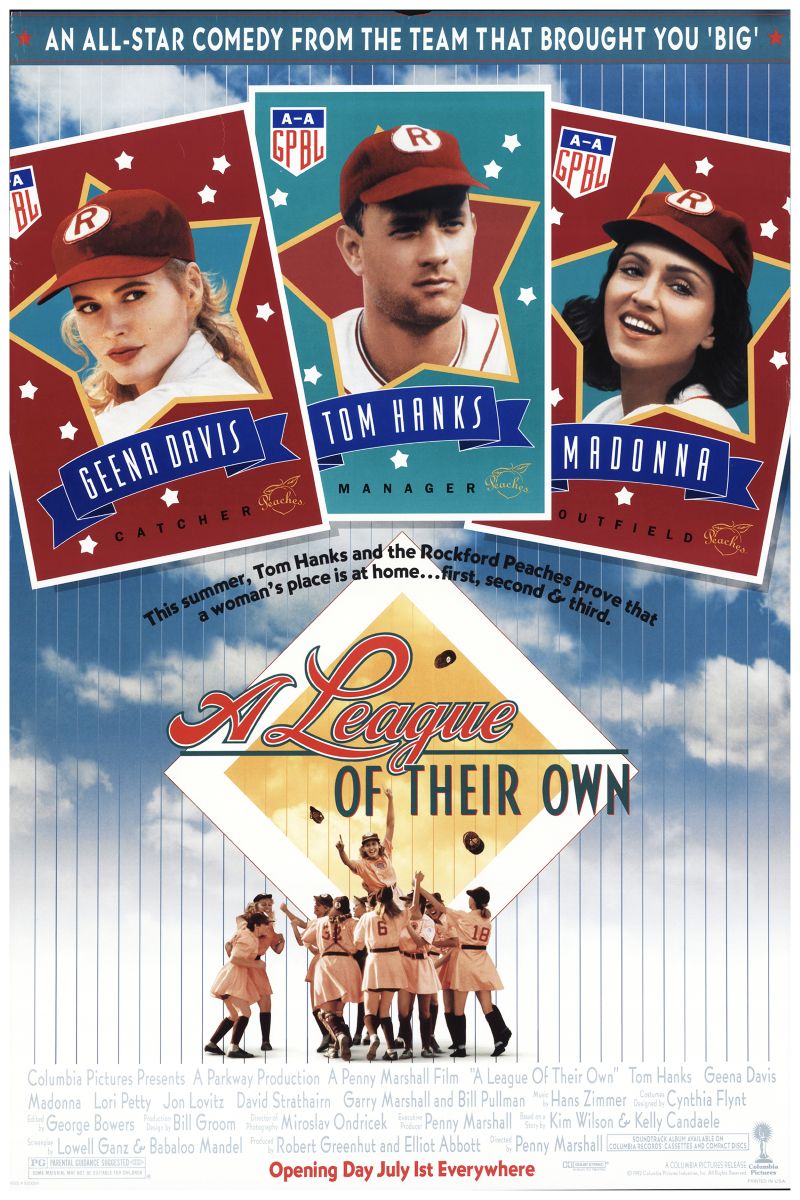
The Favourite
The Favourite
Set in 18th-century British court, the power game between Queen Anne and two women—Sarah Churchill and Abigail Hill. This dark comedy explores complex themes of female power, gender politics, female friendship and competition through gorgeous visual style and sharp satire, challenging traditional gender role expectations.
Cast
Related Topics
🎥 Film Analysis & Review
The Favourite is a highly controversial historical satirical drama created by director Yorgos Lanthimos that deeply explores complex themes of female power, gender politics, and queer identity through the luxurious backdrop of 18th-century British court. The film centers on the power struggle between Queen Anne (Olivia Colman), Lady Sarah Churchill (Rachel Weisz), and Abigail Hill (Emma Stone), presenting a female-centered narrative that subverts traditional gender role expectations and becomes a highly debated work in contemporary feminist film criticism.
From a gender politics perspective, The Favourite’s most distinctive feature lies in its complete subversion of traditional power structures. In this female-dominated court world, male characters are marginalized as decorative existence while women become true manipulators of power games. Though Queen Anne is emotionally unstable and childish, she holds absolute political power; Sarah, as her favorite and lover, actually controls state affairs; Abigail challenges this power structure through cunning and ambition. This power relationship reconfiguration challenges male-dominated political patterns in traditional historical narratives.
The film’s portrayal of female friendship and competition forms the core contradiction of its feminist narrative. The relationship between Sarah and Abigail evolves from initial mentor-student affection to life-or-death power struggle, demonstrating the fragility of female solidarity and the universality of power corruption. However, this portrayal also draws criticism from feminist critics—does the film perpetuate stereotypes depicting women as mutually competitive and untrustworthy? Does Sarah’s guidance ultimately leading to her own downfall suggest that mutual aid between women is destined to end in betrayal?
From a queer feminist perspective, the film’s portrayal of same-sex desire carries complex political significance. The lesbian relationship between Anne and Sarah serves not only as personal emotional connection but as a carrier of power exchange. Sex here is instrumentalized as a political weapon, with both Sarah and Abigail skillfully using sexual charm to gain and maintain power. This portrayal both demonstrates women’s sexual subjectivity and exposes structural limitations where women can only gain power through sexuality in patriarchal society.
The film’s visual language serves its gender political themes. Gorgeous costumes, exquisite makeup, and luxurious court decorations both highlight 18th-century aristocratic society’s extravagance and emphasize women’s performative existence in this world. Female characters must maintain their status through carefully designed appearances, with their bodies becoming canvases for displaying power and position. The use of fisheye lenses further distorts this visual presentation, suggesting deformation and alienation in power games.
From historical context perspectives, the film’s choice of 18th-century British court as backdrop carries special significance. This period saw Britain at a key moment of political transformation, with women’s roles in politics beginning subtle changes. By placing women at the center of political power, the film both reflects historical reality—queens indeed held political power—while imagining possibilities for women’s more active political participation.
Olivia Colman’s excellent performance infuses Queen Anne with complex layers. Anne is both an absolute monarch with supreme power and a lonely woman craving love; she’s both childish and willful yet demonstrates political wisdom at crucial moments. This contradiction allows Anne to transcend traditional stereotypes of “madwoman” or “puppet queen,” becoming a three-dimensional and authentic female character.
From media representation critique perspectives, the film’s subversion of traditional period dramas holds important significance. It rejects decorative functions of female characters in past period films, creating characters with complex motivations and subjectivity. However, this subversion also raises new questions—does the film merely replace male characters with female ones without truly challenging power structures themselves?
The film’s treatment of body politics embodies a unique feminist perspective. Female characters’ bodies serve both as objects of desire and tools of power. Anne’s craving for physical contact, Sarah’s sexual charm, Abigail’s bodily submission all demonstrate how women negotiate their bodily autonomy in patriarchal society. Simultaneously, the film shows women’s bodily vulnerability in power relationships—their bodily value often depends on others’ approval and desire.
From cultural critique perspectives, the film’s satire of 18th-century British aristocratic society carries contemporary relevance. Court extravagance, political corruption, and moral decay mirror similar issues in contemporary society. Female characters’ survival strategies in this corrupt environment reflect moral dilemmas women face in male-dominated society—can they only gain power by adapting to and exploiting existing corrupt systems?
The film’s portrayal of absent and distorted motherhood deserves attention. Anne’s doting on rabbits can be read as substitute expression of motherhood, while her relationships with Sarah and Abigail carry certain mother-daughter or sisterly colors. These complex emotional relationships highlight women’s need to seek emotional connections outside traditional family structures.
From political participation perspectives, the film demonstrates different ways women engage in politics. Sarah participates in political decision-making through intelligence and influence, Abigail seeks political status through strategy and ambition, while Anne expresses political will through willfulness and emotionality. These different participation methods reflect diverse choices and limitations women face in the political sphere.
The film’s dark humor style adds unique color to its feminist themes. Through absurdity and satire, the film exposes the ridiculousness of power games and women’s predicament within them. This approach avoids preachy feminist expression, instead provoking audience reflection on gender power relationships through entertainment.
From contemporary feminist movement perspectives, The Favourite’s controversy precisely reflects feminism’s internal complexity. The film can be interpreted both as celebration of female power and criticized as stereotypical portrayal of female competition. This interpretive multiplicity itself embodies women’s experience complexity and feminist theory diversity.
The film’s emphasis on costume and appearance also carries gender political significance. Female characters’ clothing serves not only as symbols of identity and status but as tools for expressing personality and competing for attention. Costume’s gorgeousness coexists with constraint, both highlighting women’s beauty and suggesting society’s strict requirements for women’s appearance.
From performance theory perspectives, the three actresses’ excellent performances provide powerful support for the film’s feminist themes. They successfully present female characters’ complexity, avoiding single-dimensional character creation. Particularly Olivia Colman’s Academy Award Best Actress win contributes to advancing middle-aged actresses’ status in Hollywood.
Ultimately, The Favourite’s value lies in its complex exploration of female power and bold subversion of traditional gender roles. Though the film’s feminist stance remains controversial, it successfully creates a female-centered power narrative that challenges audiences’ established perceptions of history, gender, and power. In the context of the MeToo movement and contemporary gender political discussions, such exploration carries important practical significance. The film reminds us that women’s acquisition of power doesn’t automatically equal achievement of gender equality; true feminist transformation requires fundamental questioning and reshaping of power structures themselves.
🏆 Awards & Recognition
- • Academy Award Best Actress (Olivia Colman)
- • BAFTA Best Actress
- • Venice Film Festival Grand Jury Prize
- • Golden Globe Best Actress Nomination
- • Academy Award Best Picture Nomination
⭐ Ratings & Links
Related Recommendations
Comments & Discussion
Discuss this video with other viewers
Join the Discussion
Discuss this video with other viewers
Loading comments...



